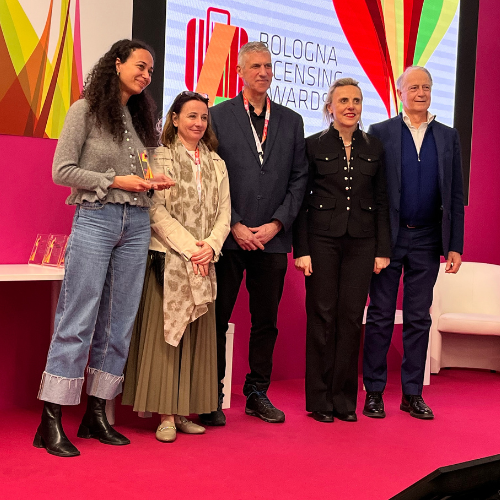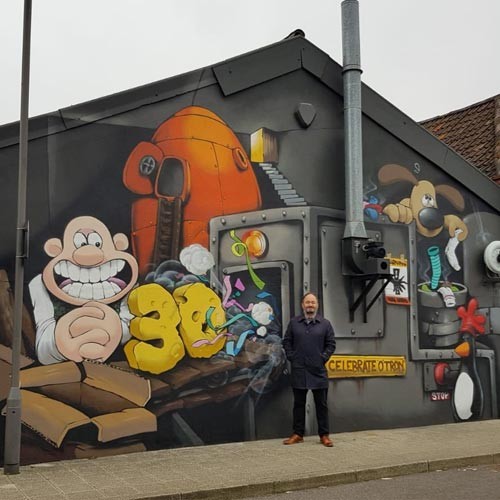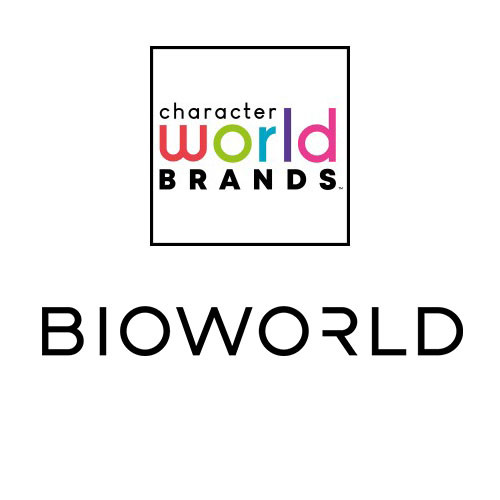It’s all about ‘added value’ this week for Start Licensing’s Ian Downes.
When trying to promote the benefits of licensing to people one of the phrases I tend to quote is that it is an ‘added value business’. A well chosen licence can add value to a product or service, allowing a manufacturer to create a product that appeals to a consumer in a competitive category. It can also often allow a manufacturer to charge a slight premium over other non-licensed products.
Generally I think licensing has got better at adding value to products be that through design, innovation or product offering, but I think it is a quality benchmark to measure products against regularly.
One of the areas that provides the biggest challenge in adding value is the value sector itself.
Value stores such as Poundland, B&M and Wilko are retailers that are using licensing more frequently and are able to sell significant volumes. Licensees and licensors seem comfortable in engaging with this channel. I think it is important even within a price challenged channel that licensing seeks to ‘do the right thing’ and add value to products.
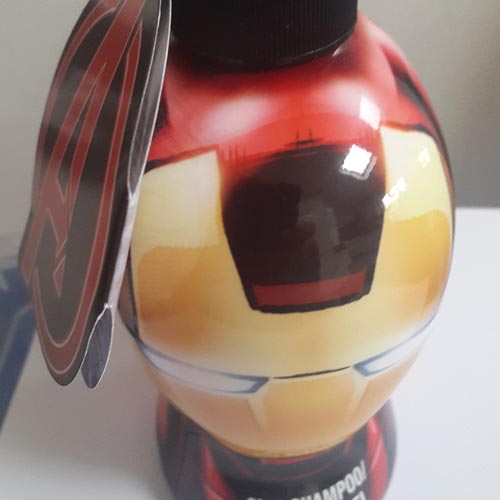
Encouragingly I spotted some good examples of this in Poundland this week – one was in the competitive category of personal care and toiletries. Leading licensee Corsair had a range of products utilising the Marvel characters including Iron Man.
Their 2 in 1 Shampoo/Shower Gel was a good example of a product that has been produced to hit a retail price, but there has been some effort and attention given to design.
Corsair have selected a bottle shape that suits the character utilising the distinctive mask and colourways. By doing this they have produced a product that is immediately more on brand and has a more premium feel to it – it is more effective than slapping a label on a standard bottle. By thinking a bit about the product and how it will be perceived, I think Corsair have managed to add value to a value product. This should see benefits in sell-through.
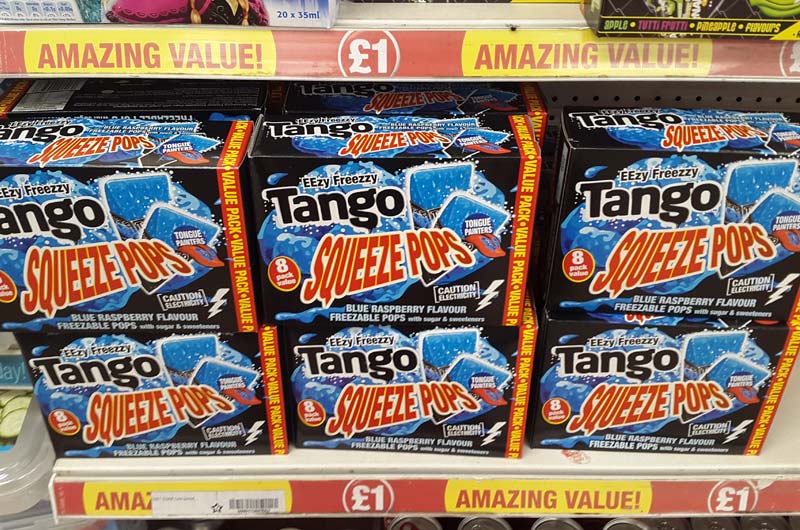
Further good examples of the added value approach to new product development in this channel can be found in the specialist category of freeze at home ice refreshments – freeze pops.
Licensee Rose Confectionery has delivered added value in two ways – firstly, in the case of their Tango ice pops they have selected a special edition flavour Blue Raspberry that previously had only been used in a cinema only ‘slush ice’ product. By doing this they have created a unique retail product with a flavour that hasn’t been over exposed in the market – this gives the value channel a point of distinction.
The second example is with Rose’s Chewits freeze at home ice pop product. These are marketed as Chewit Tornados. In this example, the added value has been delivered in the product format. Rose have sourced a new packaging format for the ice pop making it easier to hold in the hand and to consume it. This product format has probably added cost to the production and eats into the tight margins that a FMCG company operates on, but from Rose’s point of view and for the brand owner they are delivering innovation.
Consumers have responded well to both products – a small vote of confidence in the fact that it is worth adding value to value products. They are also products that consumers will repeat purchase – licensing has to recognise that there is value in promoting repeat purchase and building loyalty with consumers. Good quality products that deliver a good product experience will always perform better.
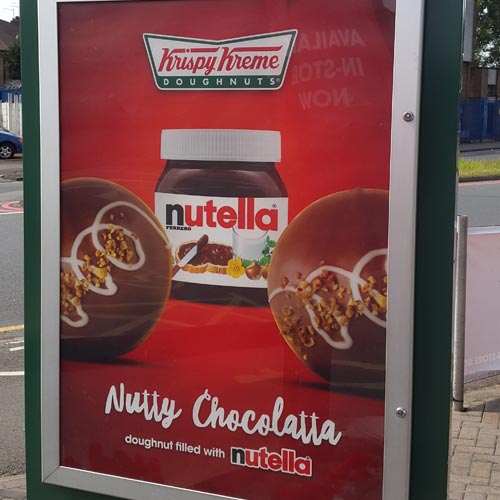
I think the food sector is one sector of licensing that seems to be using licensing in an innovative and interesting way at the moment. Some very interesting brand partnerships are popping up – these are often based around ingredients and flavours.
A good example of this currently in store at Krispy Kreme’s the doughnut specialist is a partnership with Nutella. They are marketing a range of Nutella flavoured doughnuts. These follow on from past tie ups with Lotus Caramel biscuits and Reese’s Pieces – both of which are still in store. Partnerships like the Nutella one create a point of difference in the market and maintain consumer interest in Krispy Kreme.
The retailer has supported the partnership with posters, banners and strong in-store promotions. For the Nutella brand it is a reminder to consumers that Nutella is not just a spread, it may help them recruit new consumers who get to know the product through the doughnut tie up and bolsters their position as a market leading brand.
The mechanics of the deal may also be attractive to Nutella as they may be selling the product fill as a bulk ingredient which could be a worthwhile deal financially. A further benefit is that this partnership is tailor made for social media sharing – both companies have created a product that consumers will talk about and most probably share photos of.

The Jamie Oliver licensing bandwagon rolls on. It seems to be a very well managed programme – this week I spotted a range of Jamie Oliver branded peppers/spices in use at home pots. This is a good example of a brand owner looking for new and diverse ways of utilising a brand and playing to its strengths.
I think this is a licensing first in this category. It makes sense as Jamie is known for adding flavours to his cooking – this is a good way for an ingredients company to capitalise on this and to deliver a new brand into a competitive sector. The category is dominated by own brand and well established brands. Jamie Oliver is used prominently on pack, albeit at a small scale, but little Jamie still creates a point of interest and delivers disruption within a staid category.
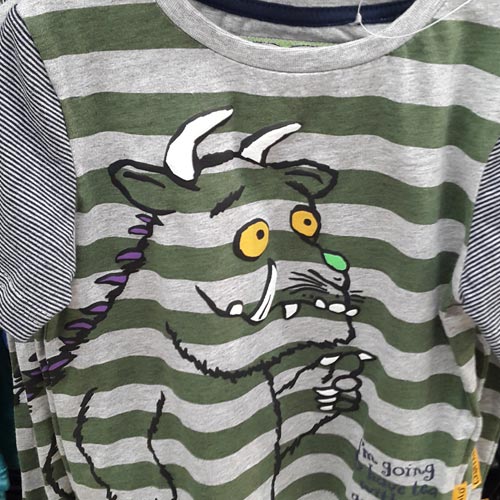
Finally, I would applaud the team behind The Gruffalo for their ongoing commitment to innovative design in apparel.
They have three or four products in store at Sainsbury’s at the moment. They seem committed to using fresh design work which celebrates the literary heritage of the property and produce an apparel range that has a premium feel to it but at an affordable price. I think this is a really good example of a quality lead programme with a real focus on design, creativity and product quality.
When consumers are buying for toddlers attention to detail is important and little features on product make a big difference. This is a further example of the value in taking time to develop licensed products which are as good as they possibly can be and not to cut corners.
PS: I succumbed to the power of licensing myself this week purchasing the fantastic Chewbacca roaring mask. I road tested it in East London and can confirm that it certainly makes an impact on the streets. It is great to see such a fun product do so well sales wise, but also to do what it says it does on the tin!

Ian Downes runs Start Licensing, an independent brand licensing agency. His Twitter handle is @startlicensing – he would welcome your suggestions for what to look out for.













